In the year 895, a confederation of the Magyar tribes under the rule of Árpád conquered the Carpathian Basin. The next year, in 896, the Principality of Hungary was officially formed with Árpád named its prince. It remained a principality for over a hundred years, until Árpád’s successor, Stephen I, was crowned as the first king, officially establishing a dynasty that lasted long into the Middle Ages.
Millennial Exhibition: Budapest’s 1000th Birthday
The crowning of Árpád marks the official date of Hungary’s birth. And as far as birthdays are concerned, we love to celebrate them – especially when an anniversary hits a special milestone. Like, say, a thousand.

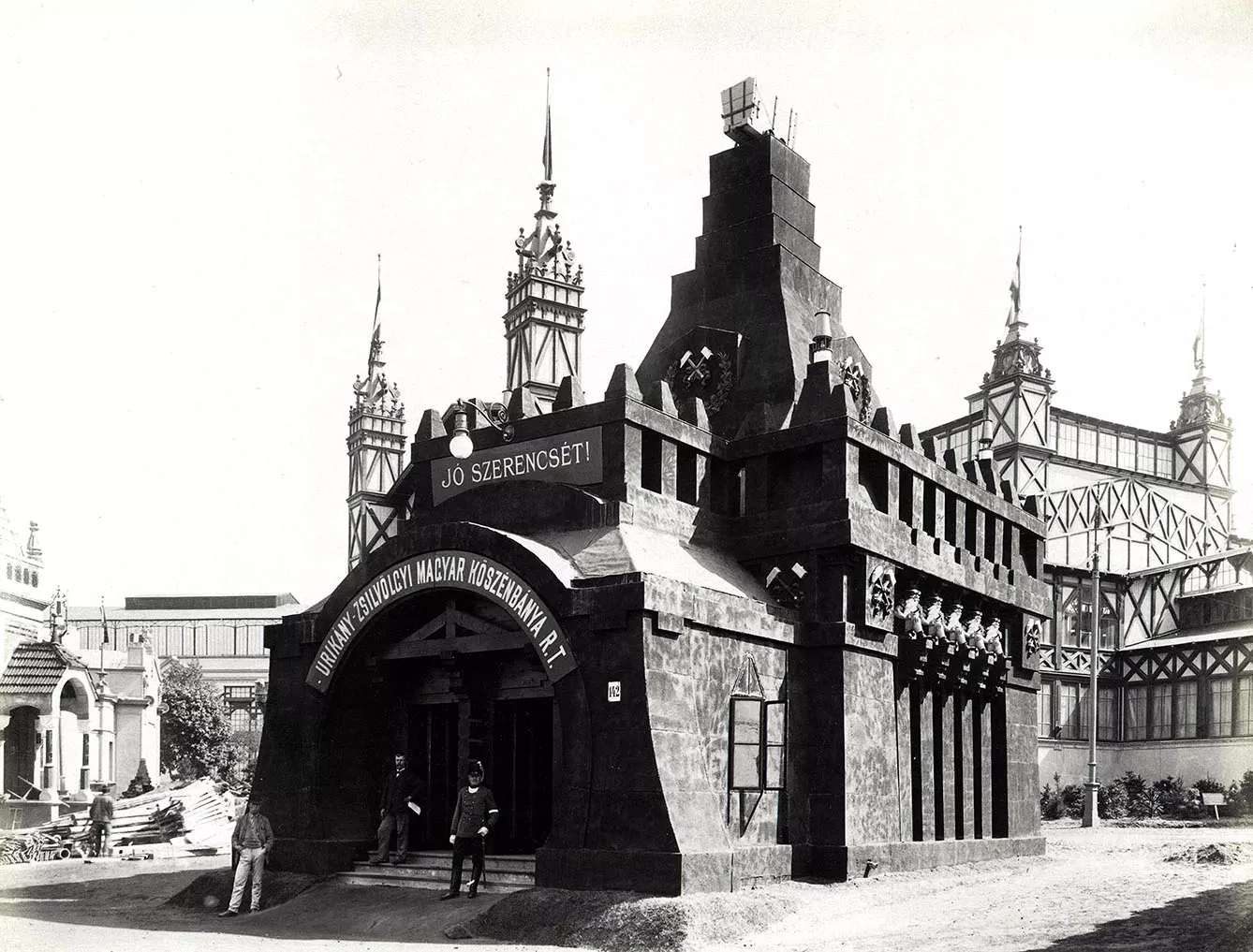
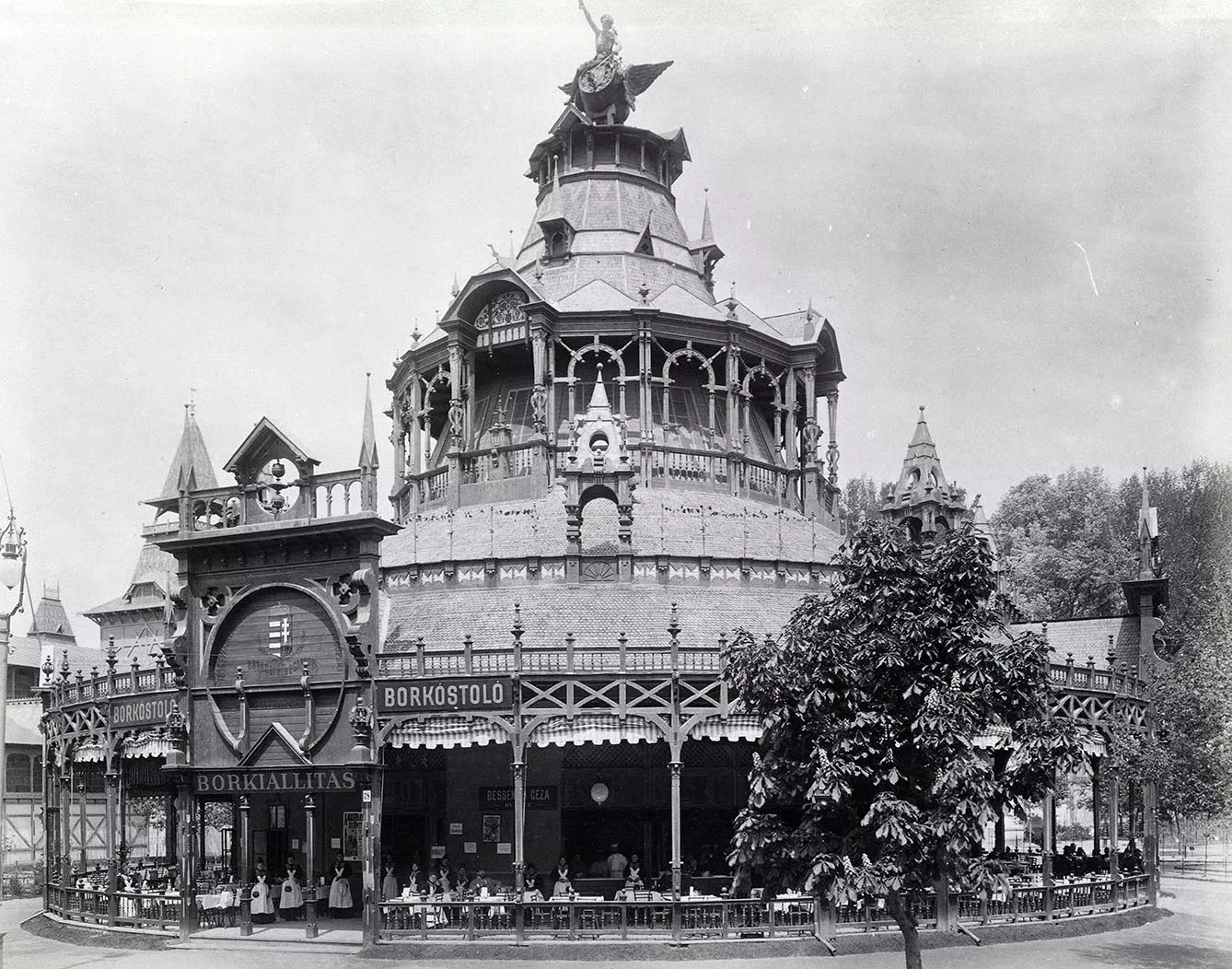
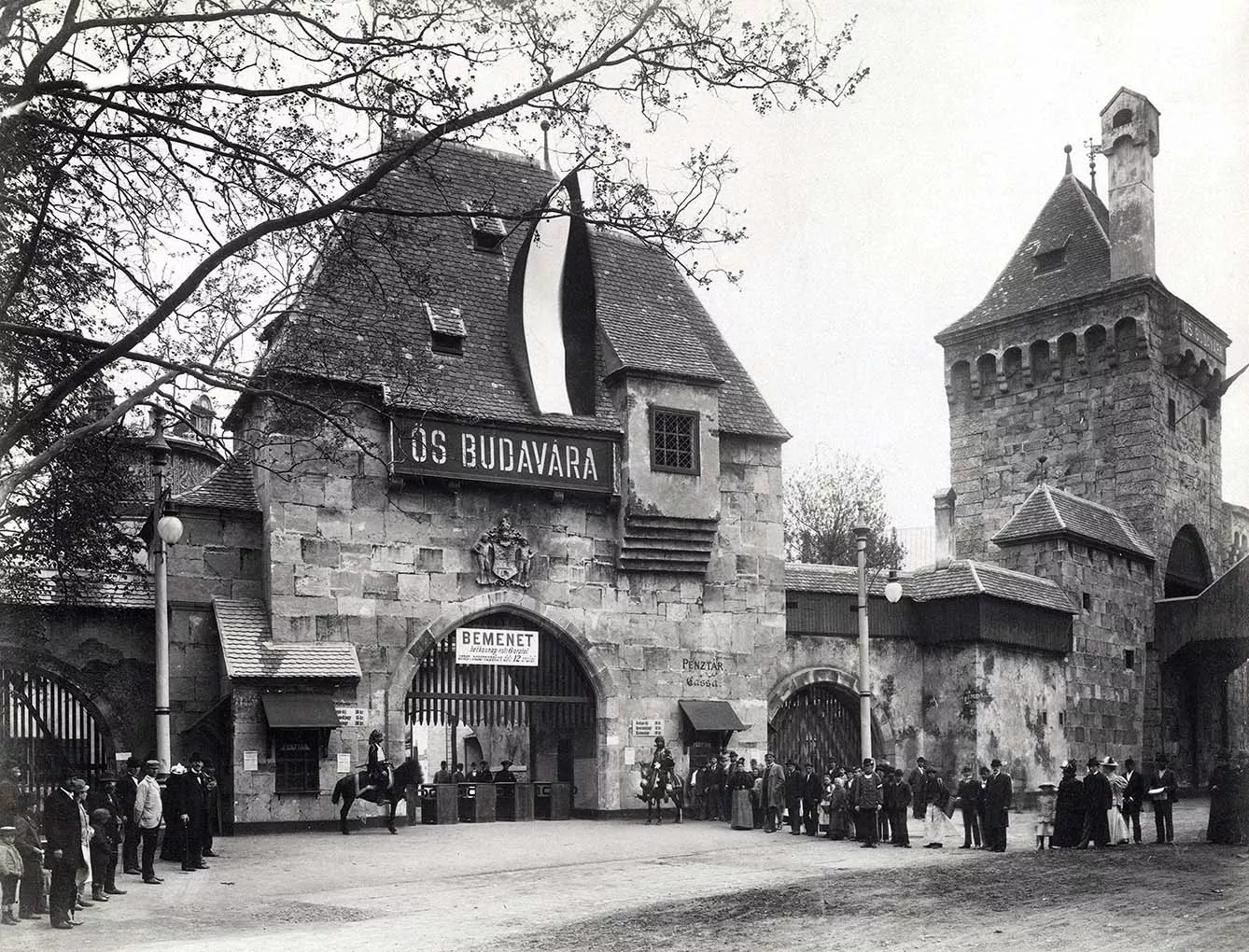
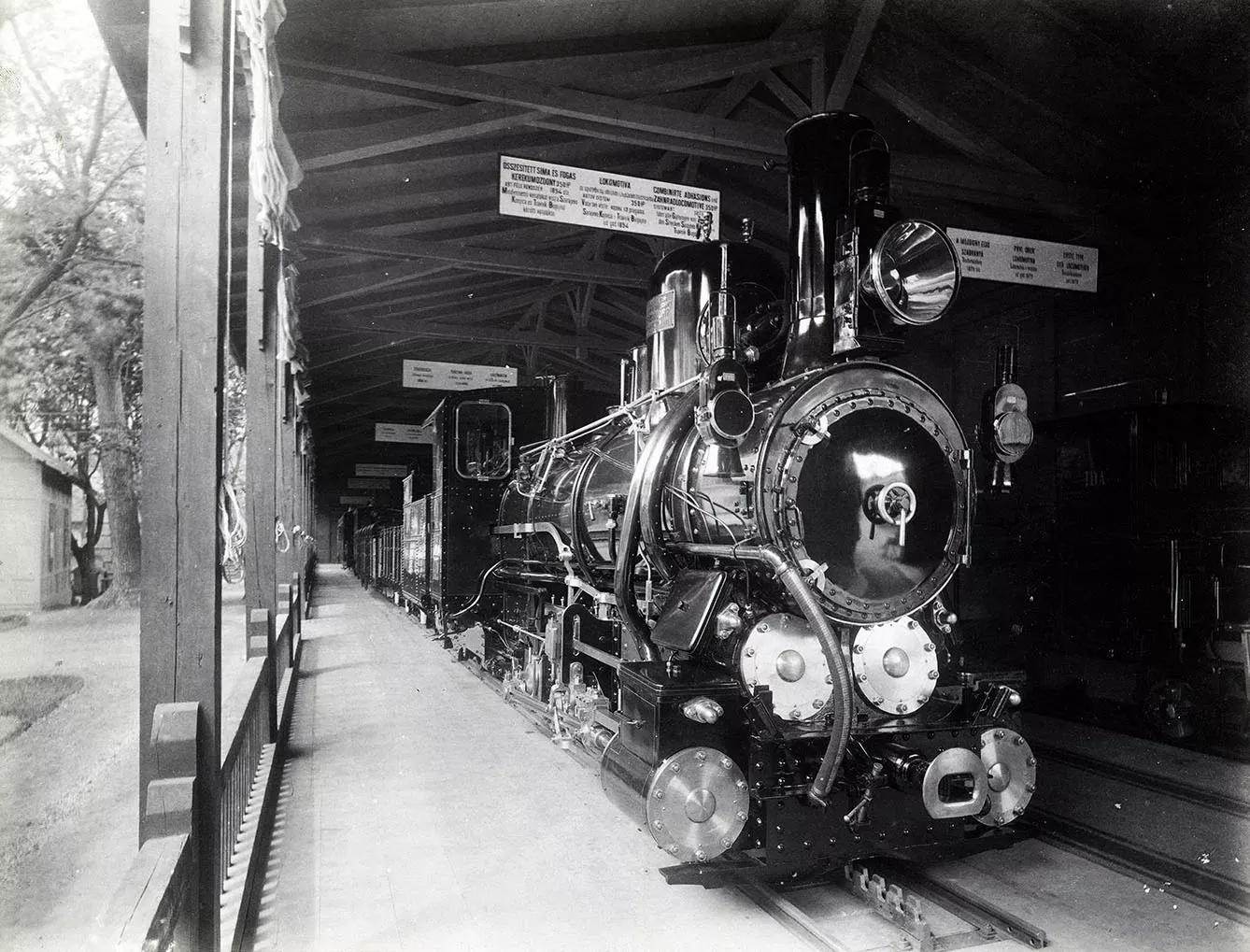

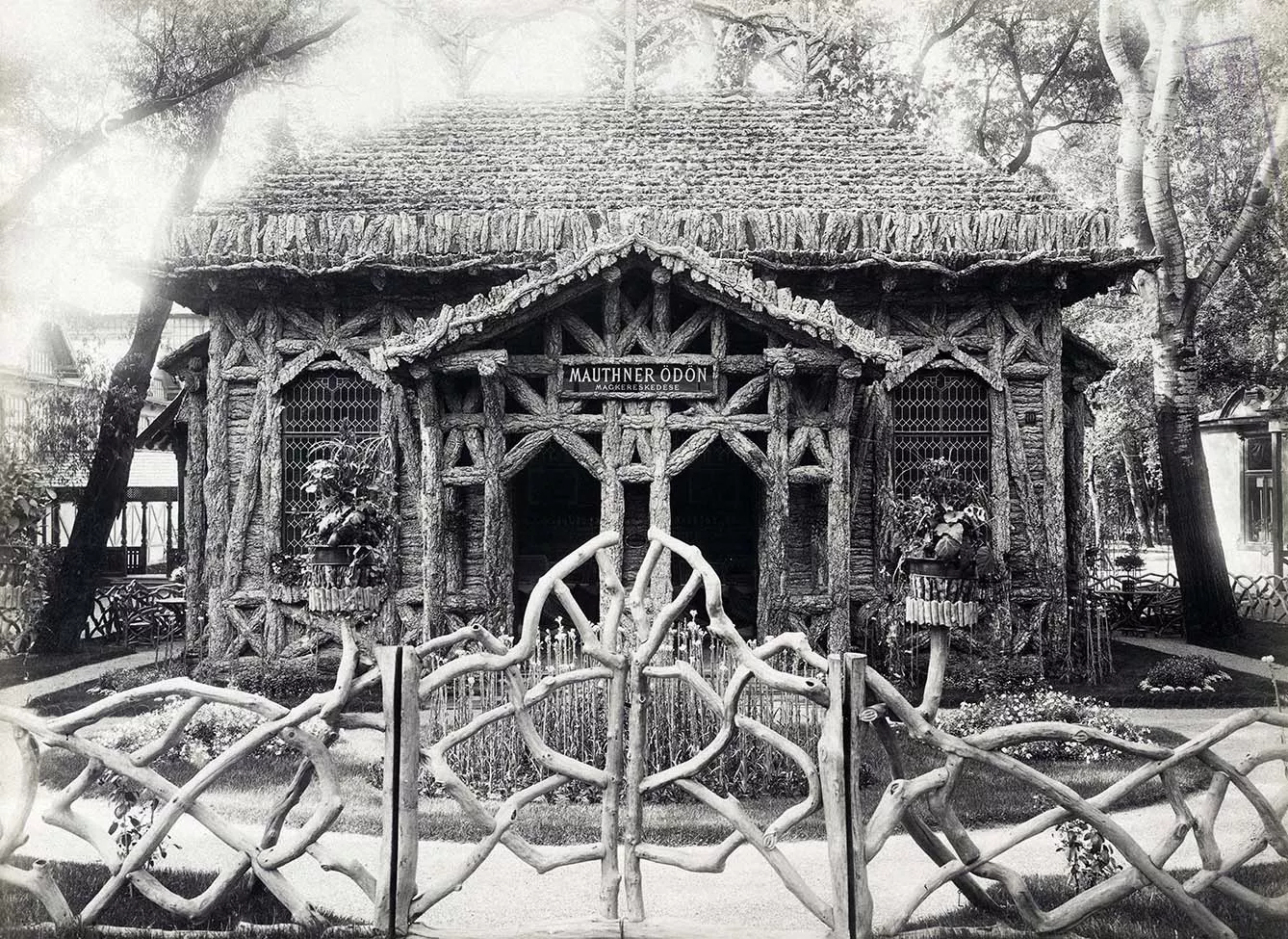
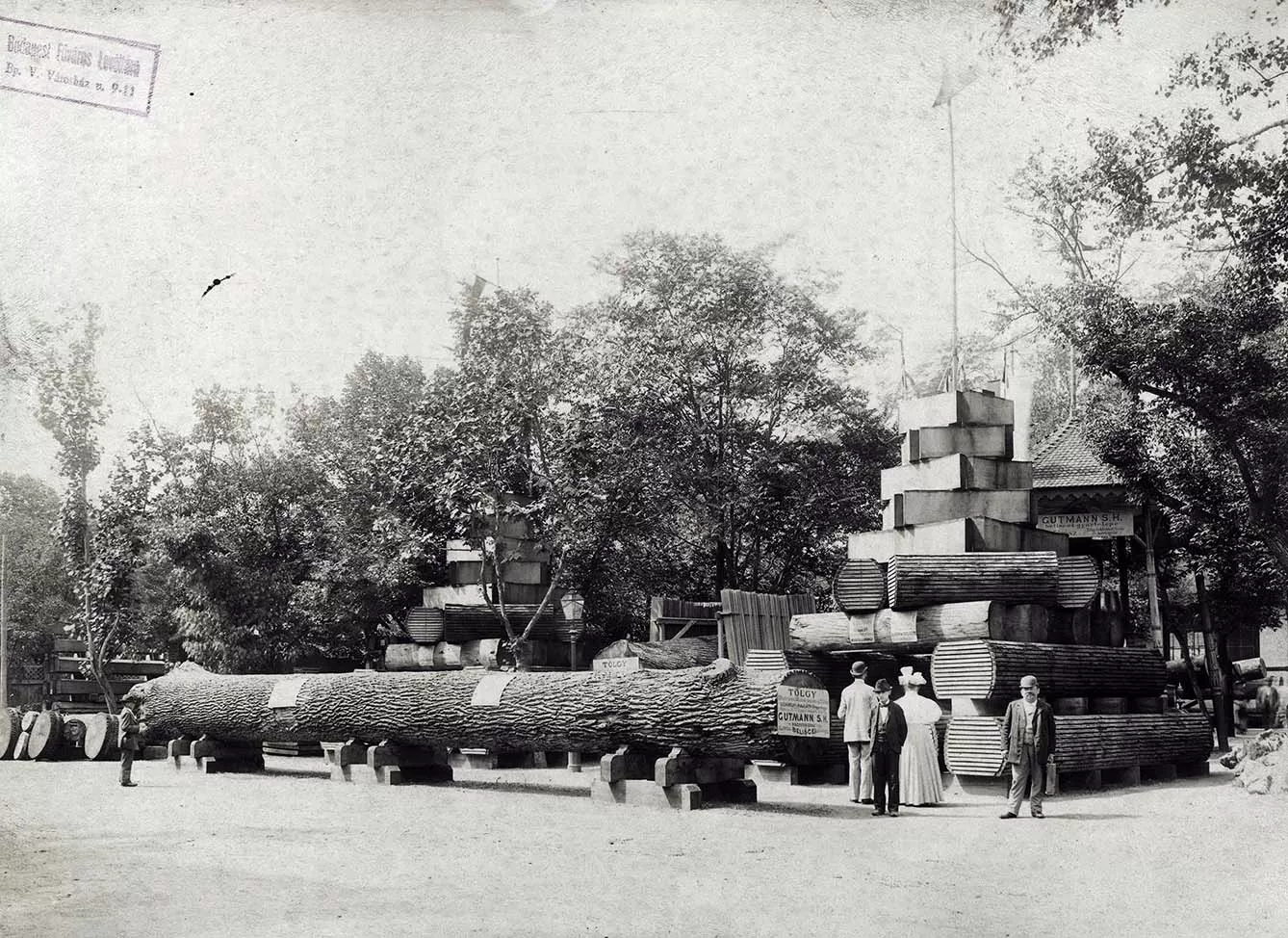
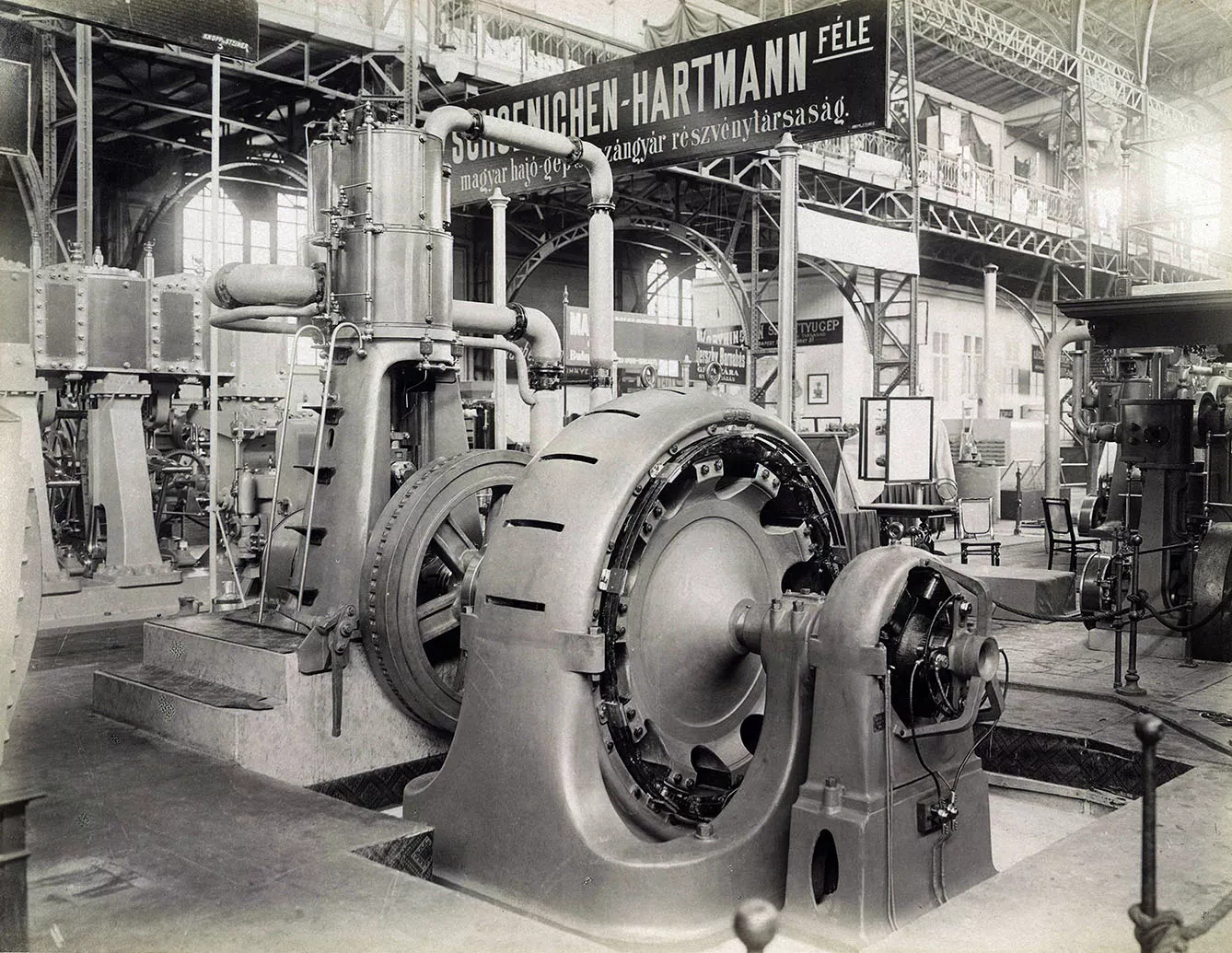
Fast forward to the year 1896. Among the major cultural events trendy in that period were huge ‘exhibitions’ – half actual exhibitions, half fairs, and somewhat gallery events that gave birth to modern Expos. Think of the 1851 Great Exhibition in London or Paris’s 1889 World’s Fair commemorated by the installation of the Eiffel Tower.
Riding that wave, Budapest decided to throw a huge birthday party in a park – actually, THE park, the oldest public park in Europe. A thousand years of Hungarian heritage were showcased in pavilions all around the area called Városliget (City Park). And many investments breathe new life into a capital.
Some 800 trees were chopped down to fit all the pavilions. One of the pavilions – Vajdahunyad Castle – proved to be such a success that this temporary structure was recreated in 1908 in permanent form and is today the home of the Museum of Agriculture.
Pictures from the exhibition
Obviously, not only architecture was on display, as Városliget was scattered all over with pavilions presenting natural, cultural, industrial, and scientific heritage. The frame program for the exhibition was the history of Hungarian development broken down into epochs, each presented with documents and artifacts.
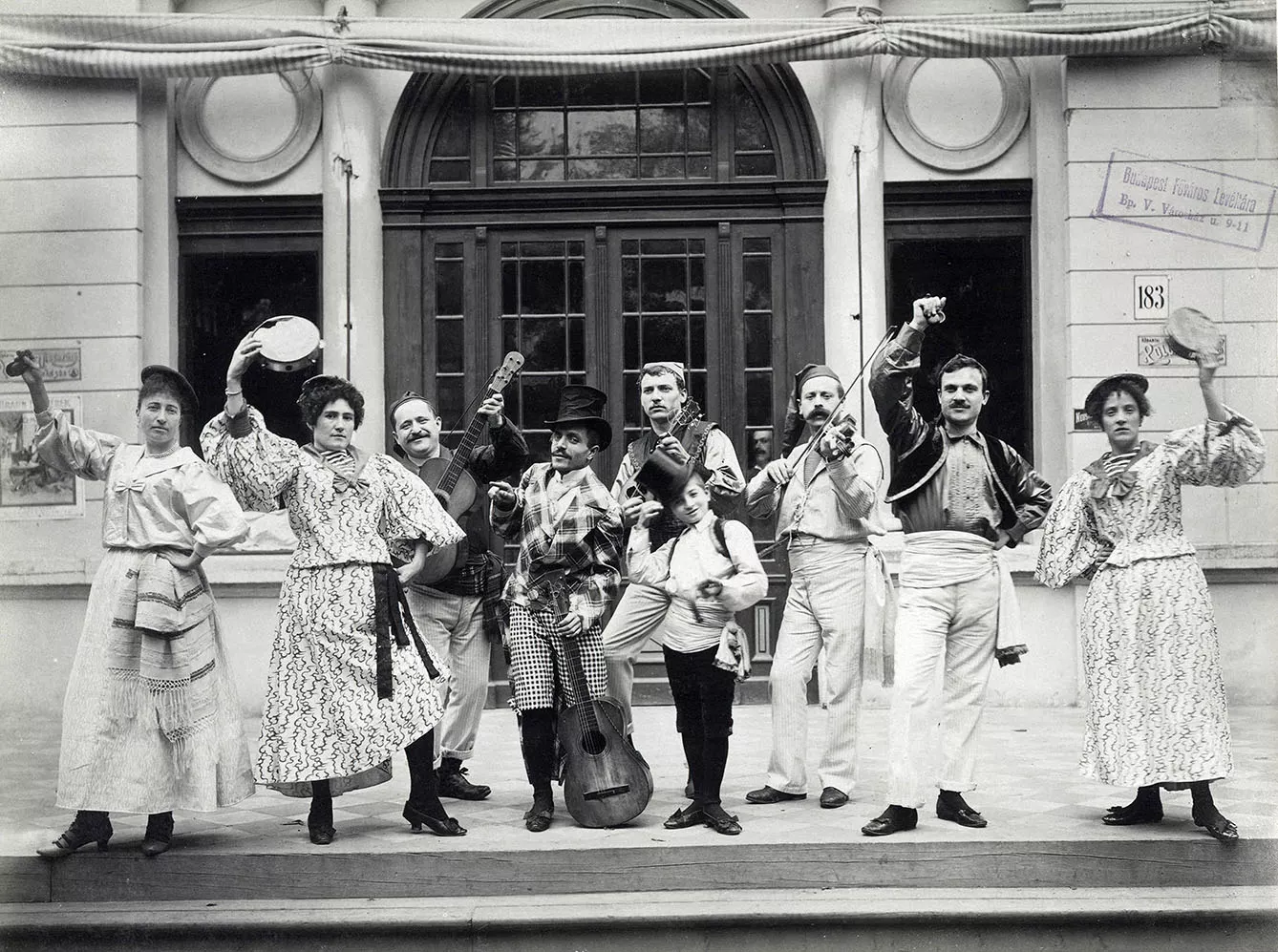
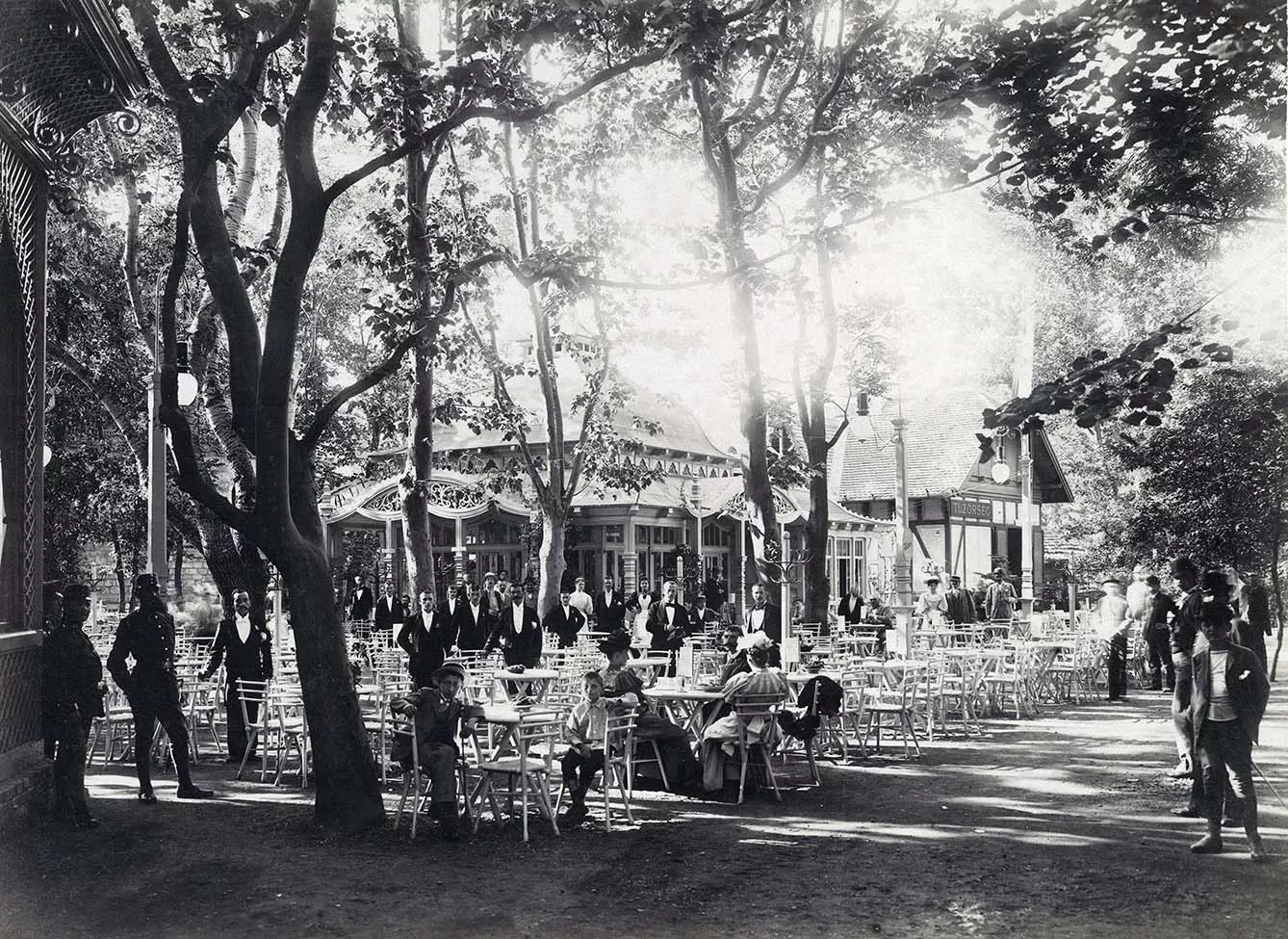


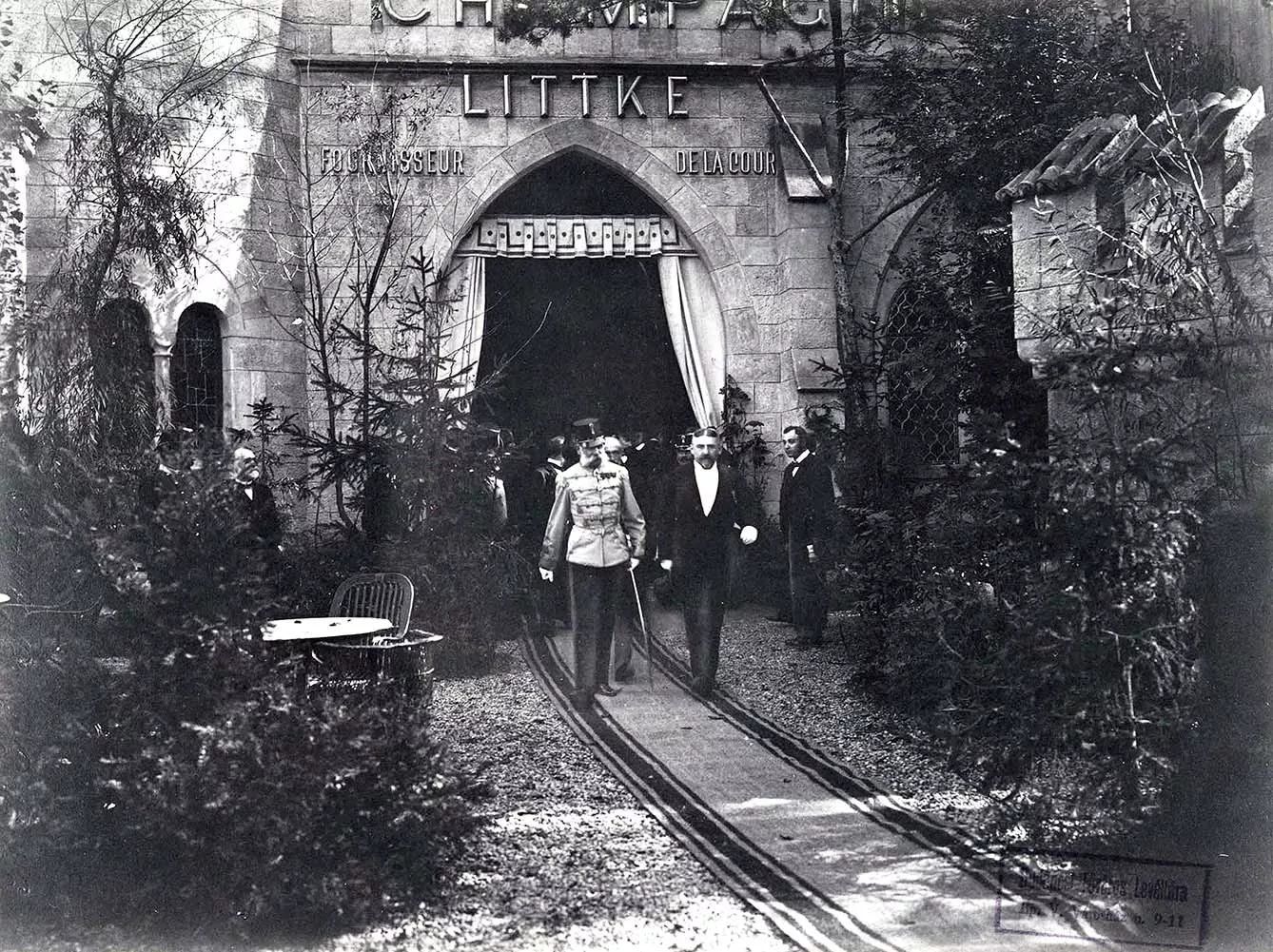
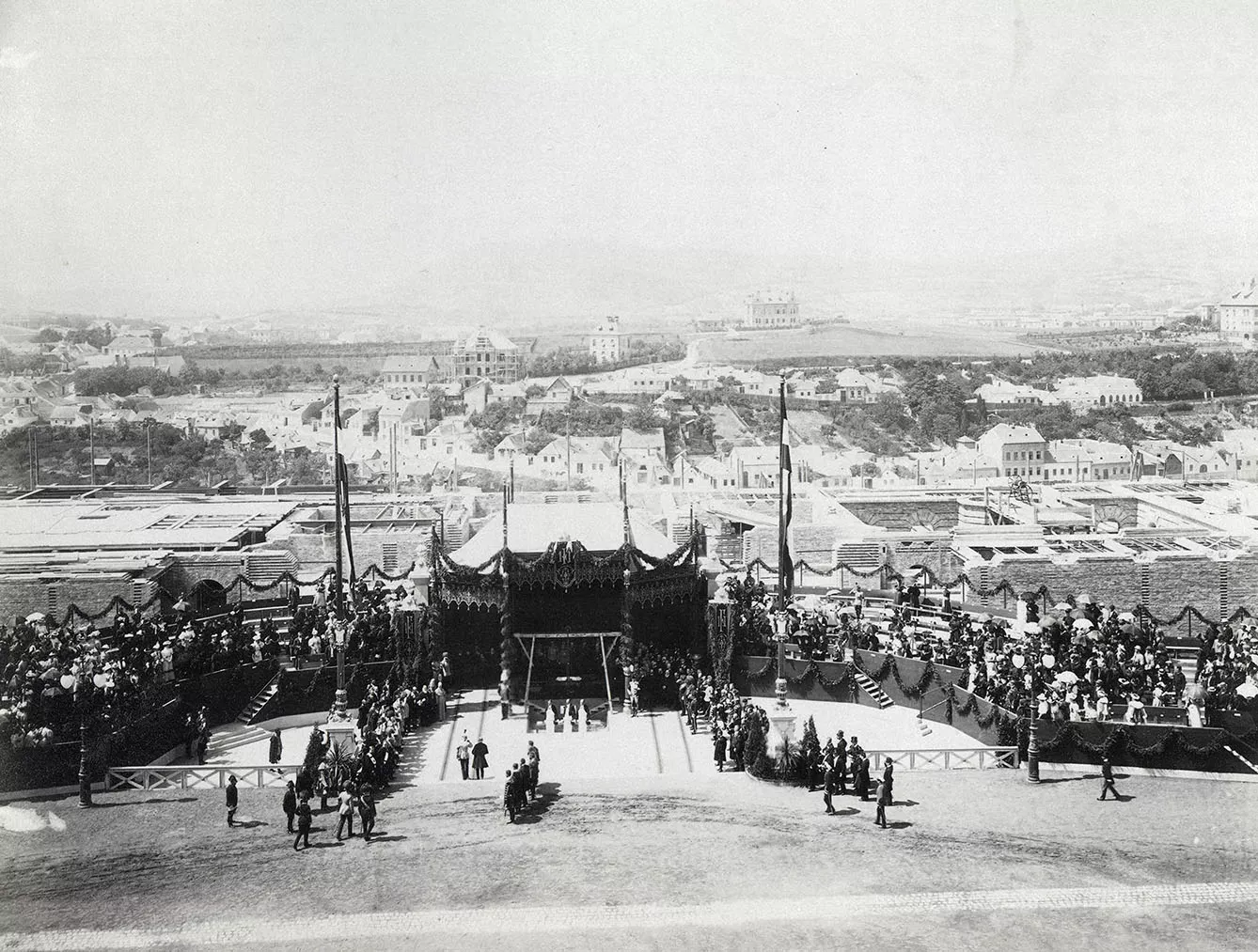
The celebration was such a grand event that people are said to have sewn special costumes for the occasion. The venue was crowded, the exhibition full of miracles – like the voice of celebrity writer Mór Jókai, which was recorded and played back from hot air balloons hovering over the city.
Organizers didn’t forget about the recreation, providing visitors with an electric railway, dance floors with modern music, and, obviously, an occasion to have a beer (or champagne). And the grand opening on May 2 was attended by Austrian-Hungarian Emperor Franz Joseph himself.
And in addition to the exhibition itself, several major investments were made, including Budapest’s Metro Line 1, called the Millennium Underground. It was the first metro line on the continent, stretched almost 4 kilometers, and was built at a record speed of 21 months. To accommodate this new device, the city was made over, and the modern Andrássy Avenue was built. Today, along with the metro line, they’re on the UNESCO World Heritage Sites list. Quite a party for a thousand-year-old, huh?







